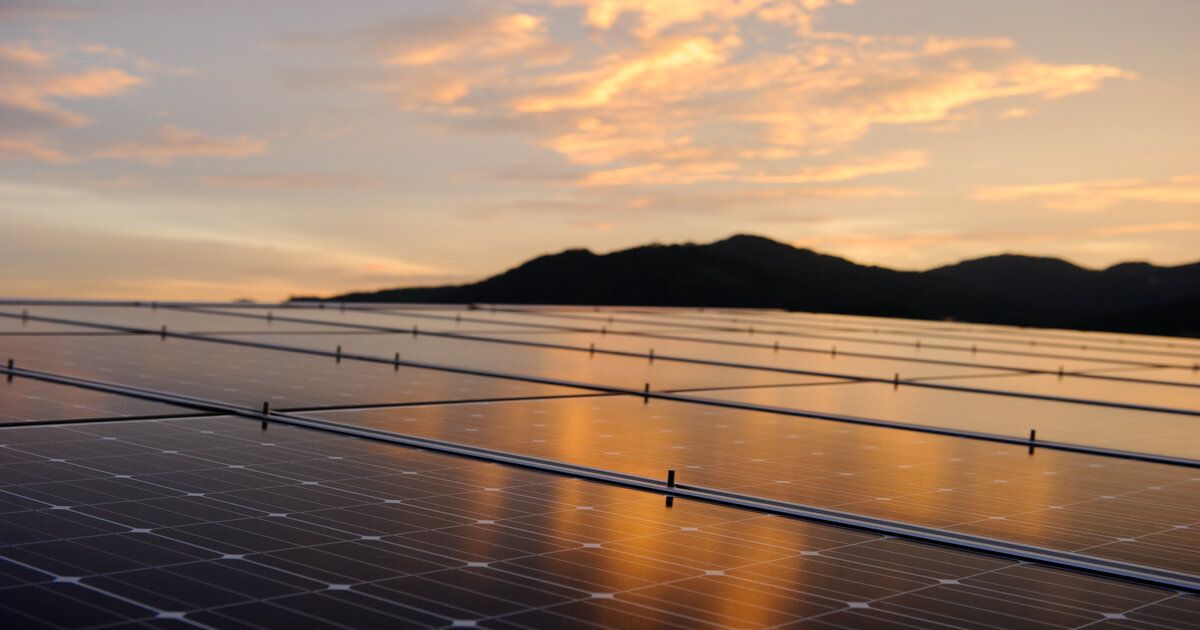Having worked in the Energy, Utilities, and Resources (EUR) sector for most of my career, I’ve been fortunate to witness some amazing changes in how we power the world. But nothing compares to the state of the industry today.
Along with technological advances, EUR organizations are under increasing pressure to support a path forward that is essential to the survival of the planet and the people who live on it. The ever-shortening timeline we face, while stressful, has accelerated the pace of innovation, delivering ideas and opportunities that were unheard of only a few short years ago.
Recently I’ve been thinking a lot about microgrids and the role they will play in modernizing how we generate, distribute, and use energy. For this blog post, we explore the different ways in which this decentralized energy model will help us in the race to sustainability.
The Rise of Microgrids
While the amazing potential of microgrids in helping us achieve a clean energy future is only starting to gain traction, in actuality, these miniature versions of the traditional grid is where power supply and distribution began.
Designed by Thomas Edison in the early 1880s as a generation/distribution system for electricity, the first microgrid was self-contained and powered by coal fired steam engines to sustain a series of large generators. Over time, the model expanded to become the monolithic, centralized electric grid commonly in use today.
In the 1930s, spurred on by the need to serve rural areas where nine out of 10 homes were without service, electric cooperatives were created. With funding provided by the federal government, rural electrification gained ground rapidly. Today, there are over 460 operational microgrids in the US that provide 3.1 gigawatts of reliable electricity to the communities they serve.
The ability to produce and store energy locally has really taken off, with new use cases for microgrids on the rise. In 2021, auto maker Nissan announced its intent to build a microgrid at its electronic vehicle (EV) plant in Sunderland, UK. The microgrid will deliver 100% renewable energy to Nissan and suppliers.
In Neenah, Wisconsin, Bergstrom Automotive is implementing off-grid microgrid units powered by solar, with support from an on-site natural gas generator. The system will provide a clean energy infrastructure solution to charge EVs.
These early advances are just a precursor to the full potential of microgrids.
Why Microgrids Matters
If microgrids are simply miniature versions of our existing, monolithic grid system, how can they be such a differentiator in our drive to sustainability?
It boils down to decentralization. A traditional grid—due to its consolidated design—is incredibly inefficient. Here are some examples:
Energy loss during transmission
Moving electricity via transmission lines is not an efficient practice. In fact, according to Wikipedia, 5% of the energy produced in the US is lost during transmission. In 2022, US utility-scale electricity facilities generated 4.24 trillion kilowatt-hours (kWh). With a national average electricity rate of 23 cents per kWh, we’re throwing away over $48 billion of energy every year.
In comparison, microgrids generate and distribute energy locally. With no need to transmit over long distances, energy loss is mitigated.
A single point of failure = a system-wide blackout
In technology, the most agile and responsive systems are composable, a design principal that allows systems to be assembled from smaller, independent components. This model is flexible, allowing organizations to easily contain and remove inefficient elements without impacting the larger system.
Traditional grids are monolithic. Everything is connected. And, as the people of Texas discovered in the winter of 2021, when individual components fail, so does the grid.
Microgrids are independent of a larger system. If a microgrid fails, even if it is one of many microgrids feeding a larger model, the impact is limited to the local area of service.
Worker and environmental risks
Traditional grids are vast, with transmission lines that cover hundreds and even thousands of miles. Employees who must maintain and repair the infrastructure travel long distances, often in remote locations, to do perilous work. Injuries are common due to working at great heights in isolated areas.
The environment is also risky, especially during inclement weather when lines fall down. Contact between ground vegetation and a downed high-voltage conductor will often spark a fire, with response times delayed due to distance. A fatal lesson learned in recent years with the tragic wildfires in California.
Microgrids do not distribute energy over long distances. Maintenance and repairs are carried out locally, while environmental conditions are managed in the moment.
A future for everyone
Along with serving as a source of sustainable energy, microgrids democratize access to electricity for everyone. Rural areas, where extending traditional infrastructure is cost-prohibitive, will be able to generate energy locally and cost-effectively.
Indigenous and aboriginal communities, which are often remote and overlooked, will be able to control the production and supply of electricity themselves. Reliance on diesel generators (and a never-ending supply of diesel), will diminish.
Here are some additional insights to consider for a future fueled by microgrids:
- Flexible: Microgrids work with all sources of energy. Along with more common options such as solar and wind, other sources such as hydrogen and tidal support the model.
- Secure: Fail-safe and redundancy measures are easily implemented by simply building multiple microgrids to ensure continuous access to energy.
- Back-up strategy: If the supply of energy is intermittent (for example, cloudy or wind-free conditions), excess energy stored in batteries serves as an independent back-up.
The role of utilities
With a decentralized grid, utilities will shift from their role as energy providers to become service providers. As domain experts, these organizations must implement a more flexible business model where they trade on their expertise in energy production, storage and distribution.
For some, these changes are already underway. For example, IFS customer Colorado Springs Utilities recently entered into an agreement with Duke Energy to build a new solar plant in El Paso County, reducing energy costs while providing diverse and cleaner energy solutions for its customers.
While the rapid development of microgrids is a positive and exciting step towards sustainability, the Colorado Springs use case is a perfect example of how traditional and contemporary grid models must work in concert. Change is definitely underway, but it won’t happen overnight.
The next big idea
Microgrids herald an amazing step forward in how we power our planet, and ultimately our lives, directly impacting the future of the EUR industry. It’s a fascinating topic.
SOURCE: Johnston, C. (2023). Energy, Utilities, Resources: Fast Forward to the Future with Microgrids. IFS Blog. https://blog.ifs.com/2023/07/energy-utilities-resources-fast-forward-to-the-future-with-microgrids/

